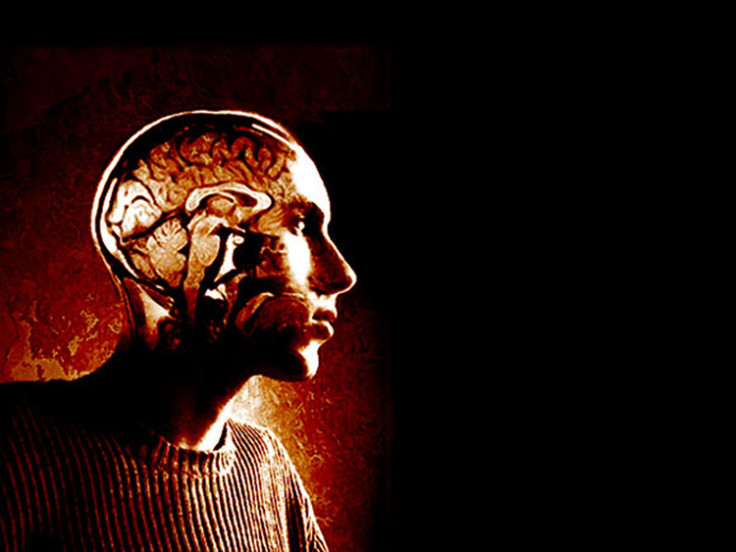Tourette's Treatment: Scientists Find Key Brain Chemical to Control Tics

A chemical in the brain that plays a vital role in controlling the involuntary tics associated with Tourette's Syndrome has been discovered by scientists.
Tourette's is a neuropsychiatric disorder characterised by a combination of involuntary sounds and movements called tics. It normally starts in childhood and continues into adulthood. While there is not a cure, people can learn to control the symptoms.
Researchers at the University of Nottingham have now identified a brain chemical that could be a potential new target for more effective treatments for the disorder.
Published in the journal Current Biology, researchers discovered that people with Tourette's had an unusual increase in a neurotransmitter called Gamma-Aminobutyric Acid, (GABA), in the supplementary motor area (SMA), which is involved in the control of movement.
The increase in GABA is strange because this chemical is involved in the dampening down brain activity.
The team also found that people with the highest levels of GABA had the most connecting fibres in the brain, suggesting that the more connecting fibres people have, the more excitatory signals are being produced. This, in turn, leads to the need for even more GABA to calm excessive hyperactivity.
Study leader Amelia Draper said: "This result is significant because new brain stimulation techniques can be used to increase or decrease GABA in targeted areas of the cortex. It may be possible that such techniques to adjust the levels of GABA in the SMA could help young people with Tourette's gain greater control over their tics."
Most people with Tourette's eventually learn to control their tics until they only have mild symptoms in adulthood. However, this can be too late for some people, with the condition disrupting their education and social life.
Researchers say their findings may lead to more targeted approaches to controlling tics, such as low-level neurostimulation that could be used to increase or decrease GABA in targeted areas.
Study supervisor Stephen Jackson said: "In Tourette syndrome, as in many other disorders, the brain may adapt and reorganise the way it works so as to reduce or compensate for the effects of the disorder.
"In this case, the effects of excitatory signals that give rise to cortical hyperexcitability and unwanted movements may be compensated for by increased levels of GABA which act to 'damp-down' or reduce excitability within a localised brain area."
"[We] will now explore whether this increased 'tonic' inhibition mechanism can be seen in other brain areas in Tourette syndrome, and also in other hyperactive disorders, such as obsessive compulsive disorder and autism, which are highly similar to Tourette syndrome and are often co-occurring."
© Copyright IBTimes 2024. All rights reserved.






